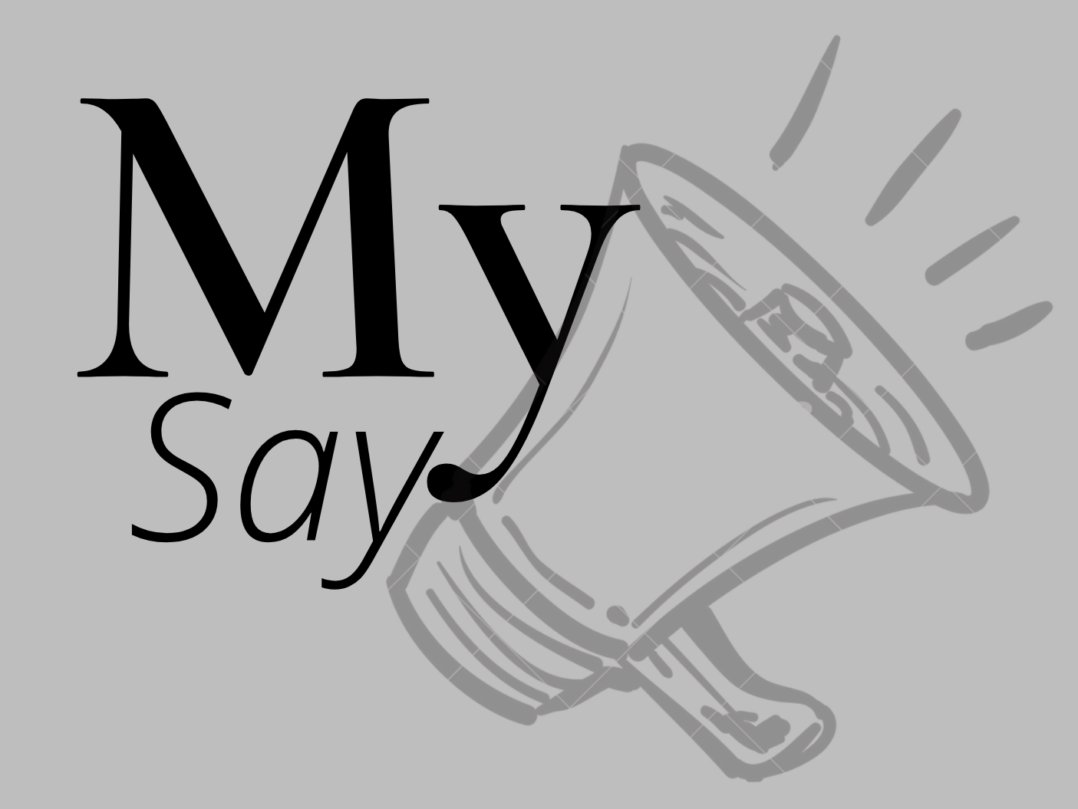BY ZIMKITA LINYANA
What did you do for Heritage Day?
This is a very loaded and somewhat judgemental question in South Africa, depending on who you are, owing to the country’s history of legal erasure of non-Western cultural heritage.
Many South Africans find themselves guilt-tripped by this day, not knowing what kind of heritage they should or are ‘allowed’ to celebrate. Some puzzle over what might be considered cultural appropriation – others are scared of being accused of nonchalance. South Africa is wealthy in diversity, both culturally and biologically, with each group and kingdom boasting a strong heritage.
For centuries much of South Africa’s cultural diversity and heritage didn’t feature in the mainstream celebrations and commemorations of the country’s wealth of heritage. Every kind of heritage and everybody’s heritage matters and should be embraced. If your heritage is rooted in braais, great. But it’s still Heritage Day and NOT Braai Day.
Why I reject calling it ‘braai day’
Braais happen everywhere and on any day of the year. They have never been prejudiced by mainstream culture or contested in parliament. By contrast, the acknowledgement and celebration of the diverse cultures and heritages of all South Africans are relatively new. Our cultures are still underrepresented in the mainstream. Even in post-Apartheid South Africa in 1996, the Public Holidays Bill presented to parliament did not include 24 September on the list of proposed public holidays. It took much political will to come to a compromise in parliament to pass the bill.
Celebrating the contribution of all South African cultures to an inclusive and united society is what this day signifies. Calling it or making it just a ‘braai day’ trivialises this day and blurs its significance. Remembering the true meaning of this day gets us closer to the restoration of our diverse cultures and the recognition and intellectualisation of indigenous knowledge systems.
The Department of Sport Recreation, Arts and Culture (DSRAC) is not doing enough – or anything – to preserve and mainstream our cultures. In the Eastern Cape, there is little investment in isiXhosa books in public libraries – or any books, for that matter!
Makhanda boasts globally important heritage sites of indigenous heroism that could help restore pride, build social cohesion, and foster cultural tourism. An example is an unmarked site on Grey Street where Steve Biko was captured before the Apartheid security police murdered him. Another is the neglected Egazini heritage site, which commemorates the 1819 Battle of Grahamstown.
By contrast, the 1820s Settlers Monument represents ‘mainstream’ heritage, built by white-owned capital and maintained mainly by private investments.
One could argue that the amaXhosa should also privately fund and invest in the neglected sites like Egazini – but is this historically or economically fair and just? This leaves me with the question of whose responsibility is it to ensure that all our South African cultures and values are well represented in the mainstream? Is it just the likes of DSRAC – or all of us?
As South Africans living in 2022, what is our role in keeping the purpose of heritage alive?
How did Makhanda celebrate Heritage Day, and what is the region’s natural heritage?
This past weekend, the first-ever thicket festival was held at Bathurst to celebrate our rich biodiversity. In the Albany area, we boast the second-richest floristic region in Southern Africa, second only to the Cape floristic region (fynbos). This area is home to about 6500 species of plants and many skeletal animals – a natural heritage that belongs to all of us.
Researchers Michele Cocks, Tony Dold and Susi Vetter, in their publication ‘God is my forest – Xhosa cultural values provide untapped opportunities for conservation‘, recommend that “cultural values be incorporated into local conservation plans”. This speaks to the recognition and intellectualisation of indigenous knowledge systems. Their research offers insights on how the so-called ‘mainstream’ culture and science, rooted in coloniality or Western approaches, needs interrogation.
“South Africa is the third-most biologically diverse country in the world”
Last week, I spent some time in the Makhanda CBD chatting with local traditional practitioners, curious about their work and the medicines (amayeza) they work with. Many of them were not forthcoming with details of their work. This left me wondering about a million possible reasons for the scepticism. A snippet from the book ‘Voices from the Forest‘ by Tony Dold and Michelle Cocks provides a possible explanation, which is why Heritage Day is a serious business and can not be reduced to braaivleis.
The commercialisation of amayeza
The trade in traditional medicines in South Africa is often described as a multimillion-rand “hidden” economy because it is mostly informal. Despite the fact that an estimated 80% of the world’s population, mostly from developing countries, depends on traditional medicine for primary health care, it has been perceived by many, from colonial times to the present day, as backward and primitive. Colonial powers suppressed traditional healing practices, labelled traditional healers as witches and sorcerers and played an overpowering role in changing the cultural practices of traditional healers and their patients. 19th-century missionaries and later white traders reinforced this perception to their advantage while spreading Christianity, Western values, commerce and “civilisation” in southern Africa. Various laws, such as the Witchcraft Suppression Act of 1957, completely banned traditional healers from practising. South Africa officially legalised their profession in 2004.” – Tony Dold and Michelle Cocks.
These are some of the reasons I reject calling it braai day.


